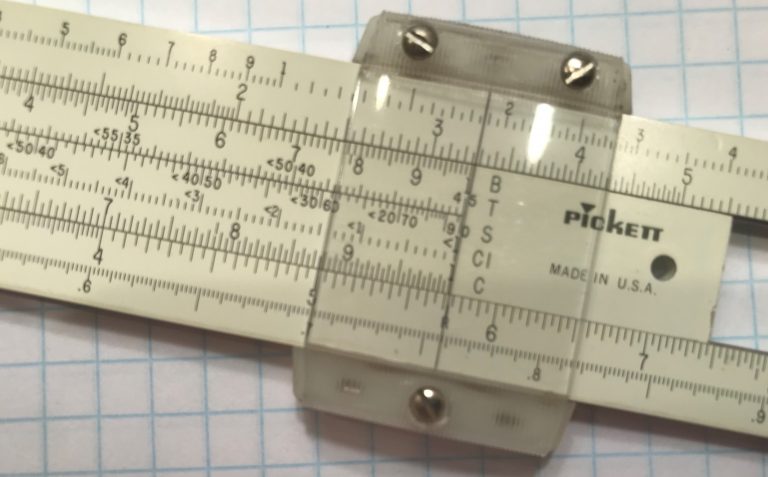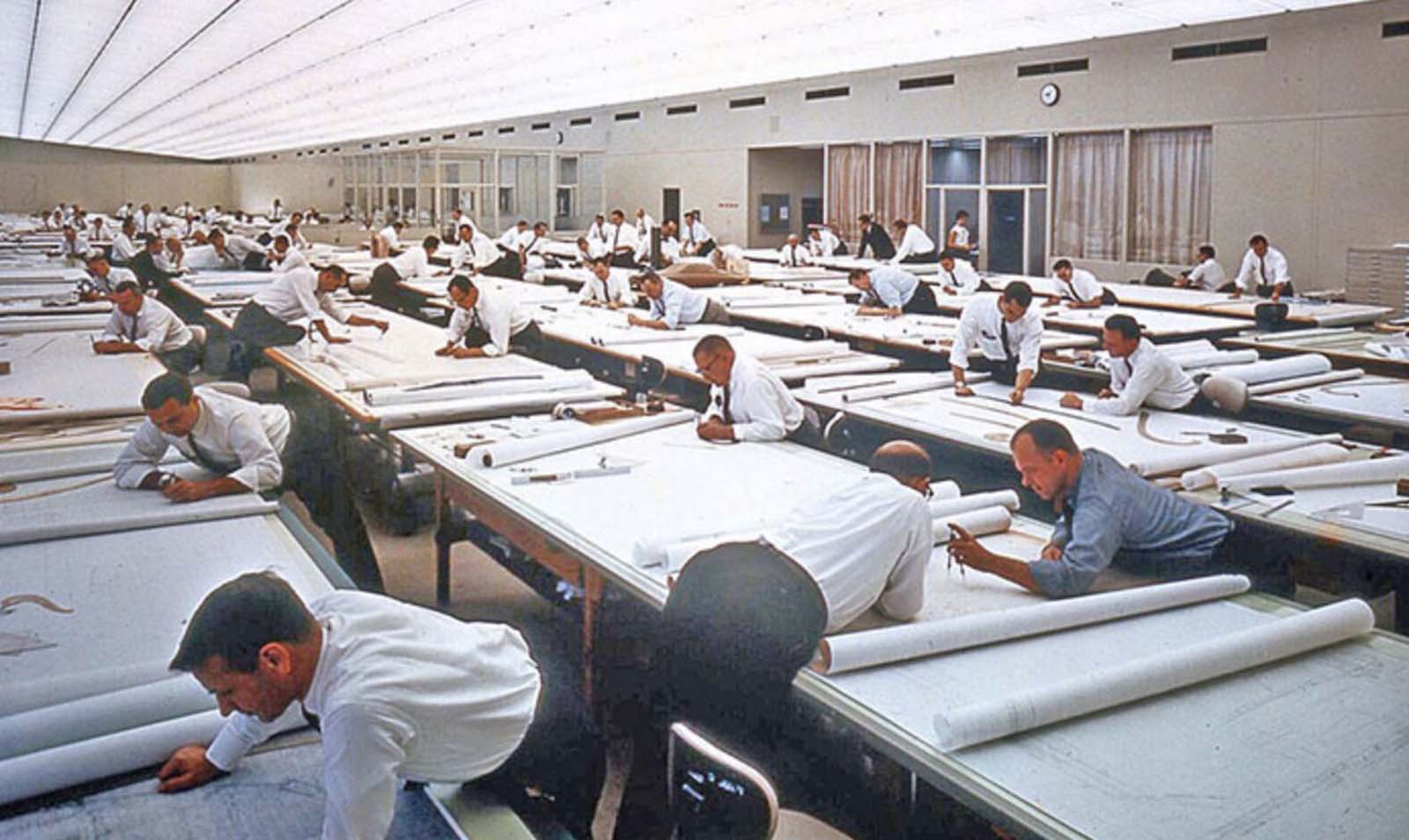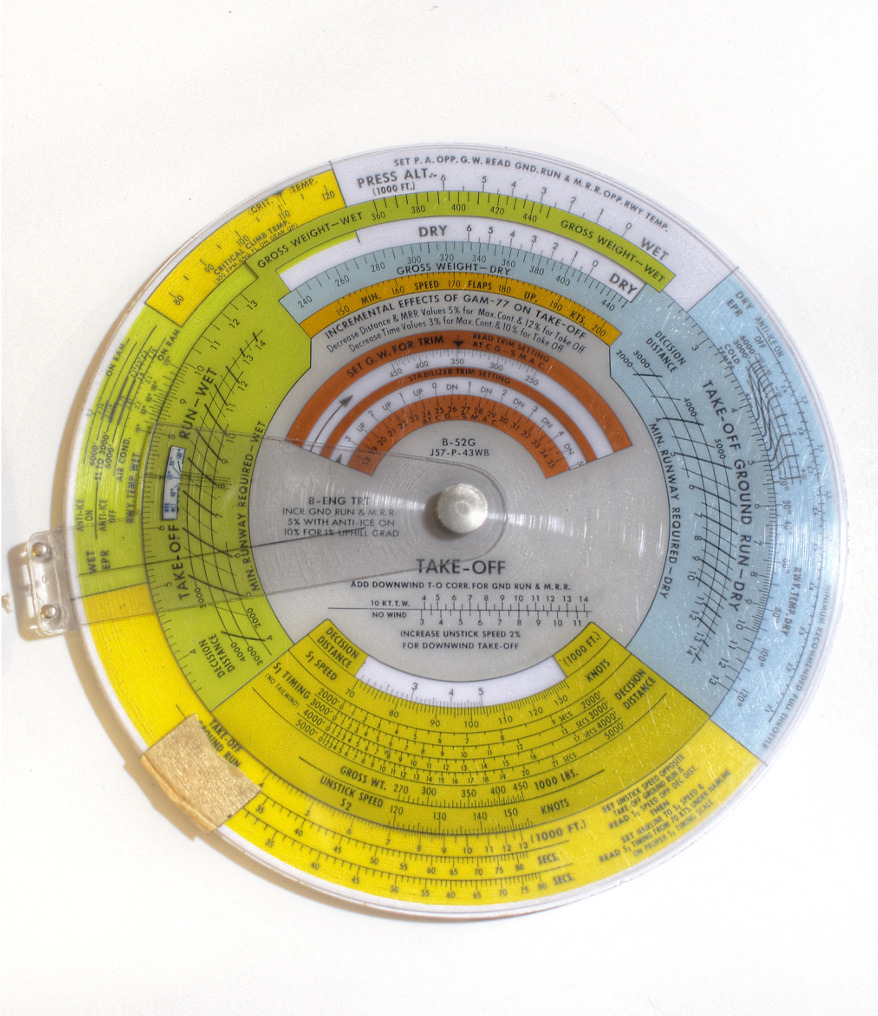From the original article on June 20, 2021. Author: Scott Locklin.
The obsolescence of the slide rule is mostly un-mourned, but as with many technological obsolescences, we have lost something valuable with its demise. The type of thinking which goes along with using a slide rule is useful, and the type of thinking which goes along with using its replacement of digital calculators and computers can be deceptive and sometimes harmful. It is true that using a slide rule was onerous. Learning to use all the scales on a usefully complex rule is not easy. More complex calculations require for you to capture intermediate results, and the results are imprecise. For many calculations, this basket of drawbacks is exactly what you need.

Consider physical reality. Reality is, roughly speaking, analog. You can convert an analog world to something digital, but when this happens, it is rare to use more than 16 bits. 8-12 is more typical. In most cases, the mantissa of your “real number” only has a few actual bits of information in it. Slide rules acknowledge this fact. You can see it on the physical rules themselves, which are essentially logarithm tables. You don’t get 64 bit precision floats in your slide rule at any point in the calculation, just like in “real life.” Propagating around 64 bit results can be useful at times, particularly when running a calculation which iterates many times, but it is more the exception that you really want this extra precision, and you could fool yourself with it on a calculator/computer. You can’t make this mistake using a slide rule. The slide rule trains you to think about what numbers corresponding to physical reality means. Sure, I don’t want to do my book keeping or HFT time coordinate on a slide rule; those are basically integer problems (on a computer) where the bits all mean something important. But in roughing out the design for a wing or jet turbine blade, or even in calculating a p-value those extra bits absolutely don’t mean anything. Slide rules give 2-3 significant decimal digits of precision. When calculating things involving matter, that’s about right. You can design things made out of matter which require more significant digits, but it’s very likely a bad design if you do.
Modern “engineers” have precision neurosis. It comes from having learned about numbers by using calculators and computers rather than slide rules. If you are used to calculating things using a slide rule, there will be no such neurosis. It’s why engineers will do things like build a cantilever beam which requires finite element analysis instead of just building a fucking bridge.

The fact that slide rules are cognitively relatively expensive is also useful. The difficulty in their use makes you think about what you are doing. You have to keep track of order of magnitude stuff and simple operations like addition. Many calculations are irrelevant. Slide rules force you to think clearly about what you are doing, rather than mindlessly pecking away at a calculator or computer. It is a bit difficult to describe how this works without waxing tedious (here’s a well written set of examples ironically by the founder of autodesk), but it is the difference between knowing how to do a complicated integral by hand, and just feeding the integral into Maple and hoping for the best. Maple is pretty good, but you can get into all kinds of trouble this way. Ideal world, you can calculate your own damn Green’s functions, so you understand where computers can make mistakes. Same story with doing numeric calculations: know how to do it on a slide rule and all kinds of trouble can be avoided.
The history of the slide rule is more or less the history of science, mathematics and technology. Famous names such as Napier, James Watt and Newton were involved in its evolution. The greatest engineering achievements of human beings were done almost entirely on slide rules. Yes, the moon shot required digital computers, but the design of the thing was done on slide rules. I maintain from experience with engineering objects in the corporeal world that shipping the thing is strongly correlated with slide rule thinking, not digital computer thinking. For twerps who are hypnotized at their computers all day and think we’re living in a digital simulacrum, this is a near unbearable thought, but it is material and business reality.

I could make the argument that a protractor, slide rule and graph paper is more efficient and has a better user interface than a CAD system for about 90% of objects which get made on CAD systems, but some ninny will think it is only a matter of time before progress makes graph paper obsolete because murble wurble “muh Church Turing thesis.” There is very good reason to believe this, and I’ve pointed it out before. Modern design lifecycles which don’t take place on physical paper and using slide rules take longer. The B-52 is a great example; literally designed on graph paper with slide rules in 1947, they shipped one in 1951. SR-71; even more innovative and shipped even more quickly. Now, crap like commercial airliners have decade long development timescales where a bunch of dorks are fooling around with finite element analysis, more or less like dogs licking their butts: because they can. I’m not even sure modern engineers can do a seat of pants calculation or differential equation solution by hand any more. While computer design allows for a lot more predictability in outcome, it also takes a lot longer than hacking something out on graph paper and seeing if it works.

Of course, even worse if the thing you are designing has software in it. There was no software in the XB-52. That’s one of the reasons it shipped. The military in its blind, moronic way, has started to realize this: they appointed a Luddite Czar to the F-36 NGAD system to avoid creeping featurism, which very obviously don’t add to airframe capabilities.
NGAD generally though, kind of misses the point. Instead of building a super dooper fighter plane for the military, a path which has always failed, now they’re going to try a “digital century series” approach, where they only stick one innovation (giant laser, “AI pilot,” pigeon brain, whatever) in each new plane. This isn’t a bad idea, but it isn’t a good idea either; they should be concentrating on shipping a plane for a role, not shipping a shiny thing they read about in a science fiction book. Agile is being touted as a potential savior here: this is horse shit, just as it is in software development. Mostly this means they’ll ship a lot of broken code that the end user will have to sort out. Worse “Digital engineering” is being touted as a panacea. They’re not gonna just use CAD, they’re gonna use MOAR CAD. Supposedly this is the way of the future. I’m open to the possibility that well designed and used CAD tools can shorten the design lifecycle. I’m also going to notice that it literally has never done so for any aircraft since Kitty Hawk. I am sure MOAR CAD has made design of some military subsystems …. possible, but the thing about slide-rule thinking is it slows you down and makes you think about whether or not you actually need or want the thing or subsystem you’re designing. на коленкe, not on the mousepad.
Human beings are corporeal; drawing something with your hand, and fiddling with calculation sticks, writing out a differential equation solution on paper engages different neurons than typing and dragging and dropping with a mouse. The fact that we are corporeal is something modern spergoids have forgotten; lost in the dreamy womb-like twilight consciousness that fiddling with computers brings. The man drawing a sketch of a mechanical object is an active creator; his ideas conjured from the void via the power of his mind. This kind of design requires attention and focus. CAD simply doesn’t; not in the same way. Literally the nature of your consciousness is different designing on paper and using a sliderule than it is in front of the one-eyed devil. It’s like a physical embodiment of the Moravec paradox; the man who designs with slide rule and paper on the knee is a Faustian superhero and the CAD fiddler is a dreamy cog in a giant machine. That’s also one of the reasons why modern objects are so unspeakably ugly. Beauty and truth are close relatives.
Childish NGAD gibberish where they try to look all futuristic: https://www.af.mil/Portals/1/documents/7/Take_the_Red_Pill-Digital_Acquisition.pdf
How to use a slide rule: https://sliderulemuseum.com/SR_Course.htm
Library of Chadnet | wiki.chadnet.org